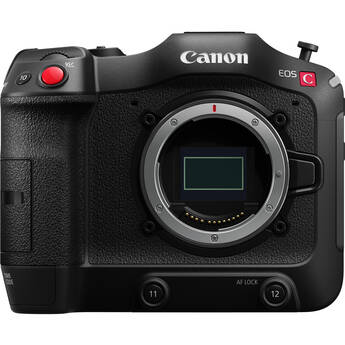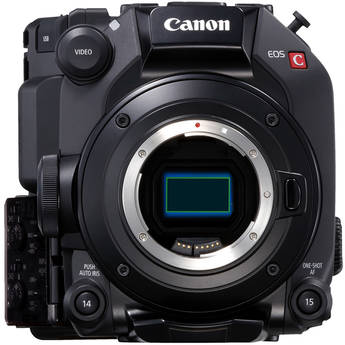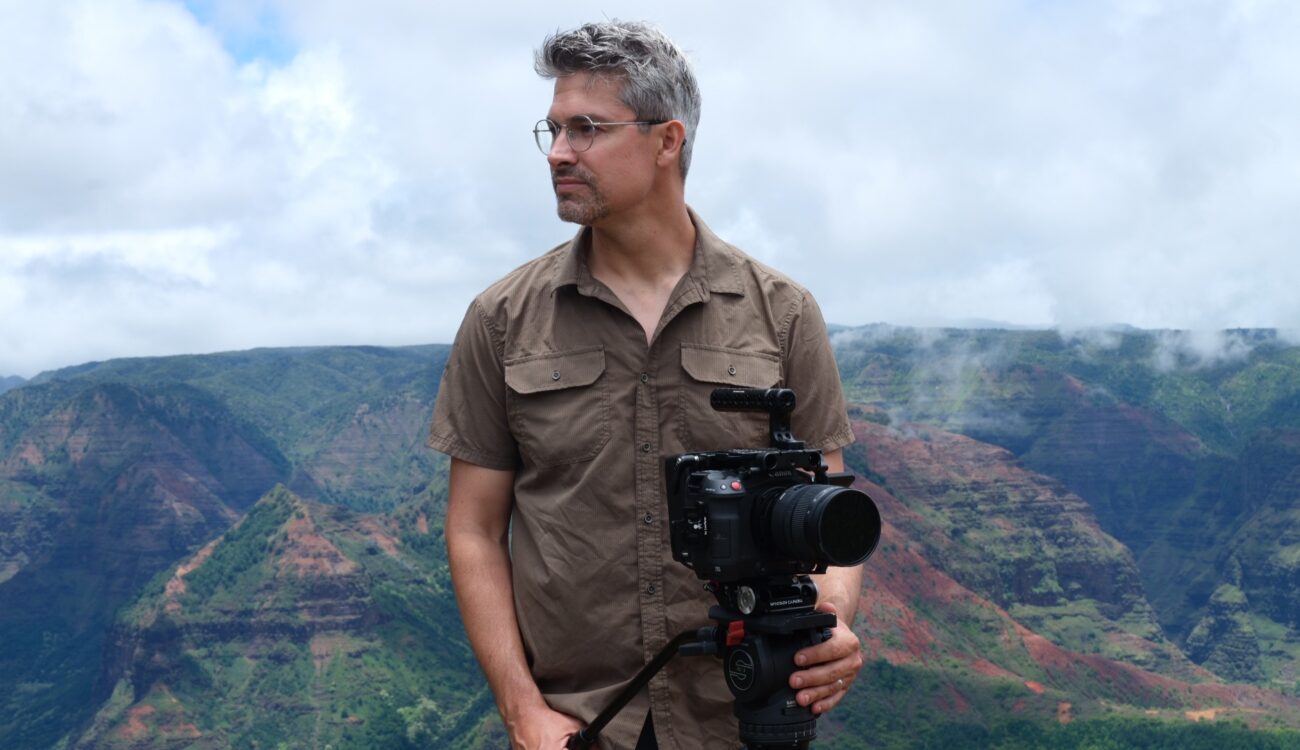
Graham Sheldon from our CineD team is a busy director of photography/producer/director and an avid Canon camera(s) user. This is why we decided to feature him in our “Spotlight Section” to find out what he’s been up to recently and learn more about his work.
Graham, an Emmy award winner, resides in Southern California, USA, where he works as a producer, director of photography, and director. Throughout his career, Graham has produced and shot scripted, topical, and historical documentary projects in over two dozen countries and across the United States including Alaska and the Hawaiian Islands.
Name: Graham Sheldon
Currently based in: Los Angeles
Language spoken: English
Occupation: Director, DP (ICG Local 600), Producer (Producers Guild of America)
Content Genre: Commercial, Multi-Cam, Documentary, Scripted
Gear: Canon EOS C500MKII, Canon EOS C300MKIII, Canon EOS C70, SIGMA ART, SIGMA Cine Primes, Atlas Orion Anamorphic lenses
Q: How did you get started in our industry?
Right out of college, I went to an open audition and landed an on-camera hosting job filming at New York Fashion Week. I also worked as an associate producer with a small camera crew on that project. From there, I started shooting travel docs that morphed into larger docs filmed in places like Ukraine at Chornobyl, Cuba, Peru, Alaska, Turkey, and more.
I took a brief break from travel jobs to work as a contract associate producer on projects for EA such as SimCity 2014.
Eventually, I started doing freelance jobs for VICE, which resulted in freelance jobs for most of the major networks in the United States, as well as jobs for BBC, ITV, and other European-based networks. My first scripted project as a producer was The Good Catholic, starring Danny Glover. That film sold to Netflix, which led to several other scripted and unscripted features over the years.
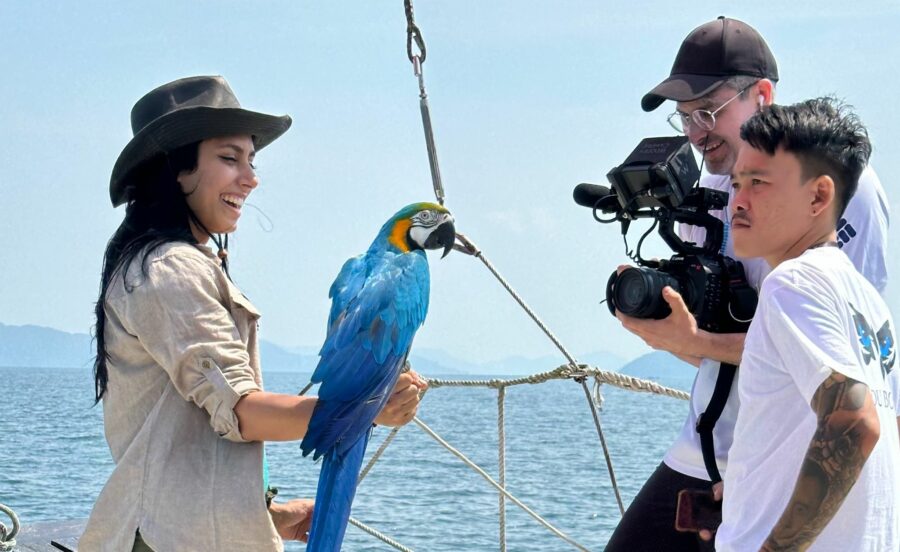
Q: What are your current assignments?
Currently, I’m directing an unannounced project for Legendary Digital Networks (owned by Legendary – the production company behind the recent Dune 2). Hopefully, I’ll be able to share more soon.
Q: What types of productions do you mostly shoot?
Mostly is a tricky word – I love what I do, and if the story or people involved are fantastic, I will likely dive in.
I have been lucky enough to work on a wide range of projects, from survival jobs with Bear Grylls to NASA’s Artemis splash down for the Smithsonian. There was also a period where I worked on a season of Ru Paul, a kids’ science competition series, and a comedy series with DropoutTV.
Most recently, I enjoyed collaborating with Michelle Khare and Director Garrett Kennell. That project is linked at the top of this article.
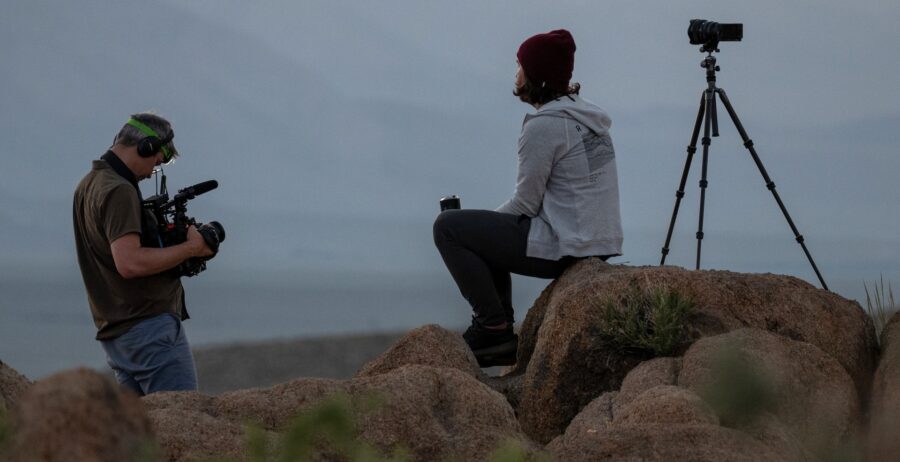
Q: What are you really passionate about?
I’m most passionate about working in discomfort – let me unpack that just a little. I have a deep fear of doing “the same old thing,” and I love pushing myself over and over again from a storytelling or a technology perspective.
I feel like creativity dies in complacency. I love surrounding myself with passionate people who are also pushing themselves to do their best while keeping a careful eye on safety. I’m deeply suspicious of go-to tricks in my arsenal, whether they be specific camera moves or a storytelling device that I might rely on too frequently.
Both Michelle Khare and Garrett Kennell have a work ethic and drive that is infectious, and that might have been my favorite part of filming I Tried Treasure Hunting. We had each other’s backs on that shoot, and that is meaningful to me. The process is just as important as the end result.
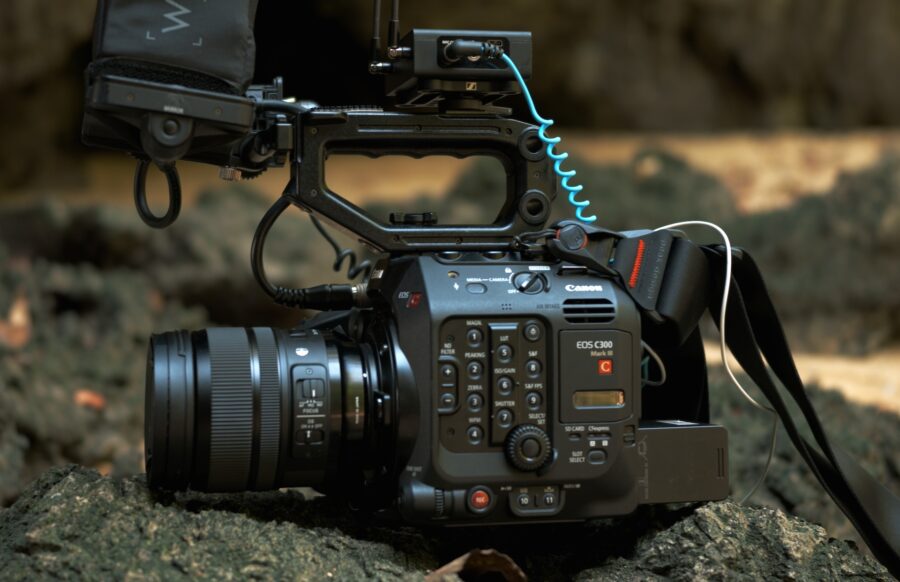
Q: You chose to shoot your project, I Tried Treasure Hunting, with the Canon EOS C300MKIII and EOS C70. Did you impose on yourself any limitations like not shooting with a tripod?
Garrett Kennell, director of Challenge Accepted, is a longtime fan of the Canon EOS C70, so that was an easy pairing with my trusty Canon EOS C300MKIII. My favorite thing about the Canon EOS C300MKIII is that it just won’t quit in humidity or tricky environments in the jungle – the record light always turns on, and we always get the shot.
It’s true we didn’t use tripods on this project, but the limitations mostly stemmed from working in remote locations and the fact that our vehicle died in the final act of the episode.
Q: What’s your favorite lighting equipment, and why did you choose that kit over other solutions?
Oof – that’s hard to pick. I most often use (in no particular order) a variety of brands like Litepanels, Quasar Science, Astera, ARRI, Rosco, Litegear, Aputure, Nanlux, Nanlite, and Hudson Spider for my projects.
The show I’m currently shooting has perhaps 35 lighting fixtures, and each is the right tool for the job – I mix and match lighting brands often. I have my favorite fixtures, but those vary from month to month as my tastes change with the type of look I’m trying to achieve.
Q: Do you use drones/gimbals in your productions? If so, what is the most effective way you’ve found of deploying them?
Yes! I shot all the aerials for this and other projects with the Mavic 3 classic. In the past, I’ve loved filming on the Phantom and Inspire platforms. No gimbals were used on this production, but in the past, I’ve used a variety of gimbals ranging from the Ronin platform to smaller systems.
Q: How much of your work do you shoot in “flat picture profile” and what is your preferred way of color grading?
I work with a ton of talented colorists and editors, and I rarely grade my own work. However, I will absolutely create a viewing LUT for the field, and sometimes aspects of that LUT will carry through into post. I always shoot XAVC 10-bit C-Log unless there are fast turnaround requirements, and then I turn to some flavor of Rec 709. (I try to rarely do this, as you have much more freedom with highlights in C-Log or in any of the Canon RAW flavors really.)
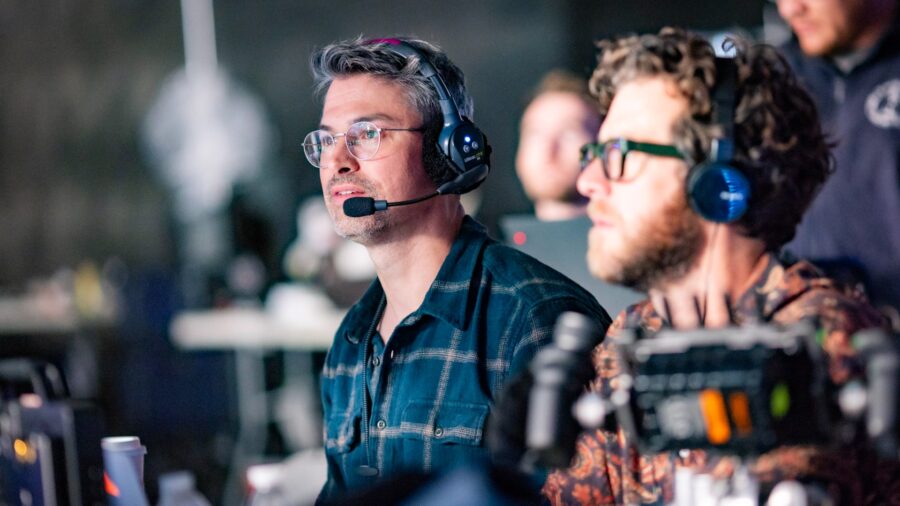
Q: How frequently do you travel and do you have any tips when it comes to packing your gear?
I travel all the time, and over the years I’ve refined what I bring to have a level of redundancy when it comes to potential failure points. I make it a point to bring two monitor cables and two card readers. I also invest heavily in media as an added level of backup beyond the two SSD drives I always travel with if we don’t have a dedicated DIT.
Home from a travel job, I take a look at the kit I brought and consider removing items that I didn’t use. It’s a tiny thing, but these little refinements mean you can respond more quickly during multiple location moves. Canon has done a great job making both the C70 and C300MKIII camera platforms very complete packages without the need for tons of added accessories.
Find out more about Graham’s work by heading to his Instagram or home page.
Full disclosure: This “In the Spotlight” series of interviews is sponsored by Canon.
